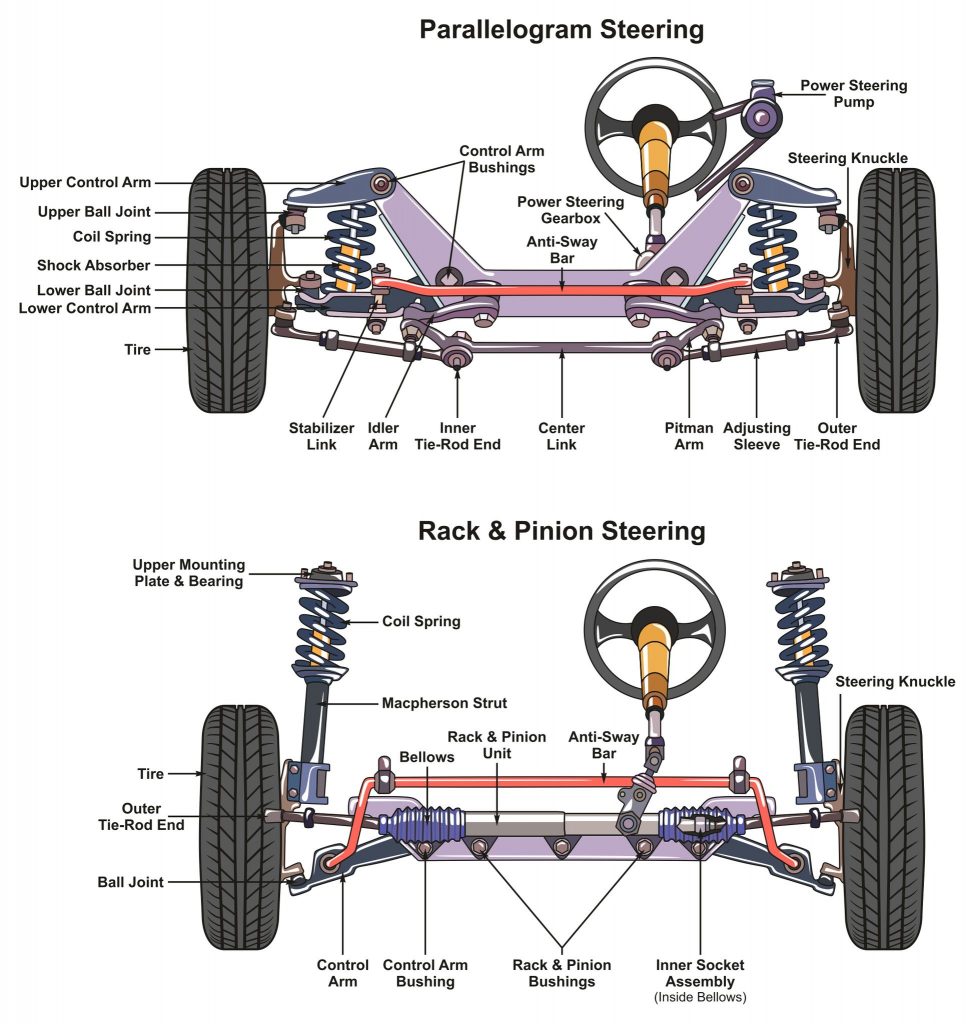Drivers generally know very little about the role shock absorbers play in the safety of their vehicle, and even less about what makes a worn shock absorber a danger to you as a driver.
Over Christmas 2009 in South Africa there were 1 247 fatal crashes resulting in 1 582 fatalities. In 2010 this figure fell to 1 551. Gabriel is making an asserted effort through its SafeZone 2.6 program to reduce this even further this Christmas with an education campaign.
Shock absorbers are filled with oil, which hydraulically dampen the suspension and prevent the wheels from bouncing. Due to this action, tyre-to-road contact is maintained over bumps and undulations. This in turn allows control of the vehicle to be maintained.
An oil leak through damage or age can affect the performance of a shock absorber.
This severely detracts from the shock absorbers ability to perform, and wheel bounce may start occurring.
In an old shock absorber the valves and seals wear and the resistance values drop off. If the shock is leaking oil then you need to replace shocks immediately because the less oil in a shock, the less resistance there is through the valves, and the performance of the shock absorber is therefore affected.
Here Are Some Guidelines for Identifying Worn Shocks:
• If your steering wheel vibrates, this is a possible sign that you could have worn shock absorbers. The extra movement of the suspension causes strain on the steering components and suspension.
• Worn shocks absorbers can make your vehicle’s tyres bounce. This in turn can create bald patches on the tyres. Bald patches are dangerous and affect the performance of the tyre.
• Braking with worn shocks can result in your vehicle nose-diving.
• In strong winds it will be more difficult to control your vehicle. Your vehicle will veer in side winds and is especially at risk on bridges, cliffs and narrow roads.
• Your vehicle will not hug the road on bends. This can make the car swerve uncontrollably, and especially at higher speeds.
• Leaking oil is another indicator of a worn shock absorber. If the shock is leaking oil you need to replace the shock immediately because the less oil in the shock, the less resistance there is through the valves.
• On rough road surfaces worn shock absorbers can make the car’s wheels bounce. Worn shocks can also place severe stresses on the wheel bearings and suspension components, not to mention the increased risk of an accident.
• Dented or damaged shocks can be caused by outside forces such as stones. This can lead to the restriction of oil between the inner and outer tubes, resulting in poor performance of the shocks.
About Gabriel:
Gabriel is a division of Control Instruments Automotive, a wholly owned subsidiary of the JSE listed Control Instruments Group. Control Instruments Automotive holds the manufacturing and distribution rights to the Gabriel range of shocks, struts and cartridge products for Sub-Saharan Africa.
Gabriel is now in its 76th year in South Africa. The company manufactures shock absorbers for most vehicles.
Gabriel was originally imported into SA in 1935. During that time, the company has introduced a number of world-first designs that were subsequently manufactured in plants worldwide. It was also the first shock absorber company to advertise on TV.
Gabriel Safari HDP Shock Manufactured In South Africa For Heavy Duty Performance Requirements
Shock Absorbers and Safety on the Road
